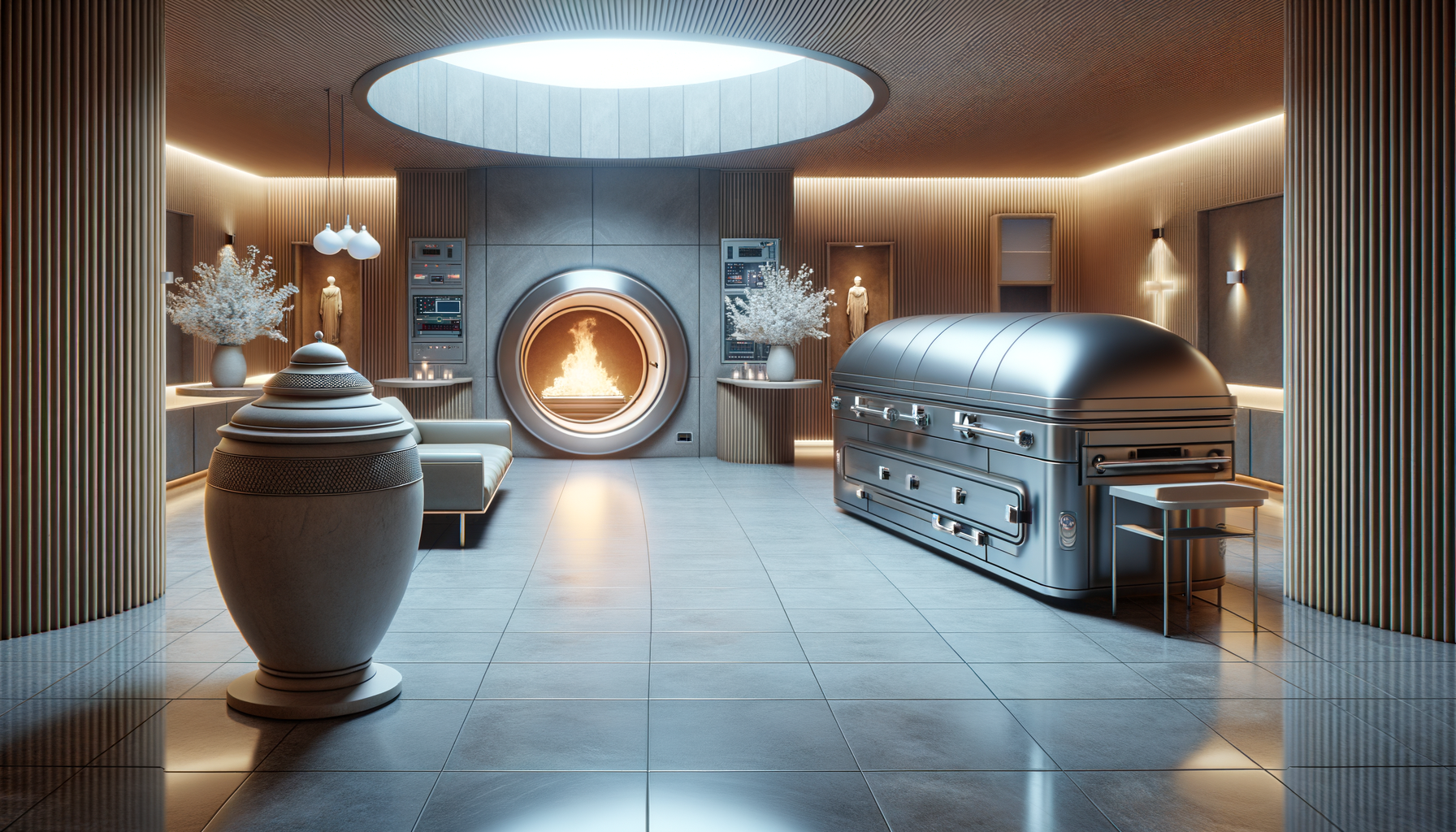Understanding the Composition and Benefits of PU Components
Polyurethane-based PU components have gained increasing attention in recent years as a forward-thinking solution in the construction industry. These components are engineered to meet multiple performance criteria simultaneously, making them a versatile choice for a wide variety of applications. The inherent structure of polyurethane allows PU components to perform well in demanding environments that require insulation, fire resistance, and acoustic control. As a modern building material, they offer benefits that extend beyond functionality, including their lightweight nature, which simplifies transportation and installation.
The use of PU components is expanding not just in structural applications but also in architectural enhancement. Architects and builders appreciate how these materials can mimic traditional stone or wood finishes without the associated weight or maintenance requirements. This flexibility makes PU components a valuable alternative in both new constructions and renovations, where reducing load on the structure is often a consideration.
Applications in Modern Construction
PU components are finding their way into a broad range of construction scenarios, from commercial buildings to residential homes. Their application is particularly prominent in areas where traditional materials would be too heavy or costly to implement. Some common uses include:
- Exterior moldings and architectural trims
- Window and door surrounds
- Ceiling medallions and decorative beams
- Wall panels and cornices
These Decoration materials help enhance the visual appeal of a structure while maintaining structural benefits like fire resistance and sound absorption. In climates where temperature control is crucial, PU components also contribute significantly to energy efficiency by minimizing heat transfer. This dual role of aesthetic and functional support is a key reason for their growing popularity in 2025.
Popular PU Materials in 2025
As of 2025, several PU-based materials are standing out due to their improved formulations and enhanced performance. Technological advancements have led to the development of PU foams with better thermal conductivity, making them ideal for insulation. Additionally, rigid PU panels are being used in prefabricated construction systems to speed up the building process. Among the most commonly used PU materials this year are:
- High-density PU foams for structural insulation
- Flexible PU coatings for waterproofing and sealing
- PU-based decorative panels for interior detailing
- Fire-retardant PU compounds for safe construction
These materials have become integral to modern building material solutions because they meet stringent regulatory standards while also catering to design needs. Their performance consistency and adaptability make them a reliable option across various construction sectors.
Environmental and Economic Impacts
One of the key advantages of using PU components is their contribution to environmental sustainability and cost efficiency. Their ability to reduce energy consumption by improving thermal insulation directly supports green building standards. Moreover, the manufacturing process of PU components often involves lower energy input compared to traditional materials like cement or metal parts.
From an economic standpoint, PU components reduce the amount of labor and time needed for installation. This efficiency translates into lower construction costs, making them a cost-effective solution for both large-scale and small-scale projects. Highlights of their economic and environmental benefits include:
- Reduced transportation costs due to lightweight nature
- Lower labor requirements during installation
- Minimal maintenance over time
- Recyclable options available in select PU product lines
Such attributes make PU components a strategic choice for developers looking to balance performance, cost, and environmental responsibility.
Future Outlook and Industry Trends
The growing demand for high-performance and visually appealing Decoration materials continues to drive innovation in PU technology. Research and development are focusing on increasing durability, enhancing resistance to UV rays, and improving recyclability. As smart building technologies evolve, PU components are also being integrated with sensors and smart coatings to support energy monitoring and adaptive environments.
In addition, the modular construction trend is creating new opportunities for PU components. Their precision manufacturing and lightweight properties make them ideal for prefabricated elements that need to be assembled quickly on-site. In urban settings where space and time are limited, PU components offer a practical and scalable solution.
With the construction industry increasingly prioritizing sustainability and efficiency, PU components are well-positioned to meet these evolving needs. Their role as both functional and decorative building material is expected to grow, reflecting broader shifts in how buildings are designed and constructed.
Conclusion: Embracing PU Components in Modern Building Design
As the construction sector continues to innovate and adapt, PU components are proving to be a valuable addition to modern building practices. Their combination of performance, aesthetics, and efficiency makes them suitable for a wide range of applications, from insulation to interior decoration. Builders, architects, and developers who integrate these advanced Decoration materials into their projects may benefit from improved energy performance, lower costs, and greater design flexibility. With technological advancements and growing demand for sustainable solutions, PU components are likely to remain a cornerstone of contemporary building material choices well into the future.




Leave a Reply